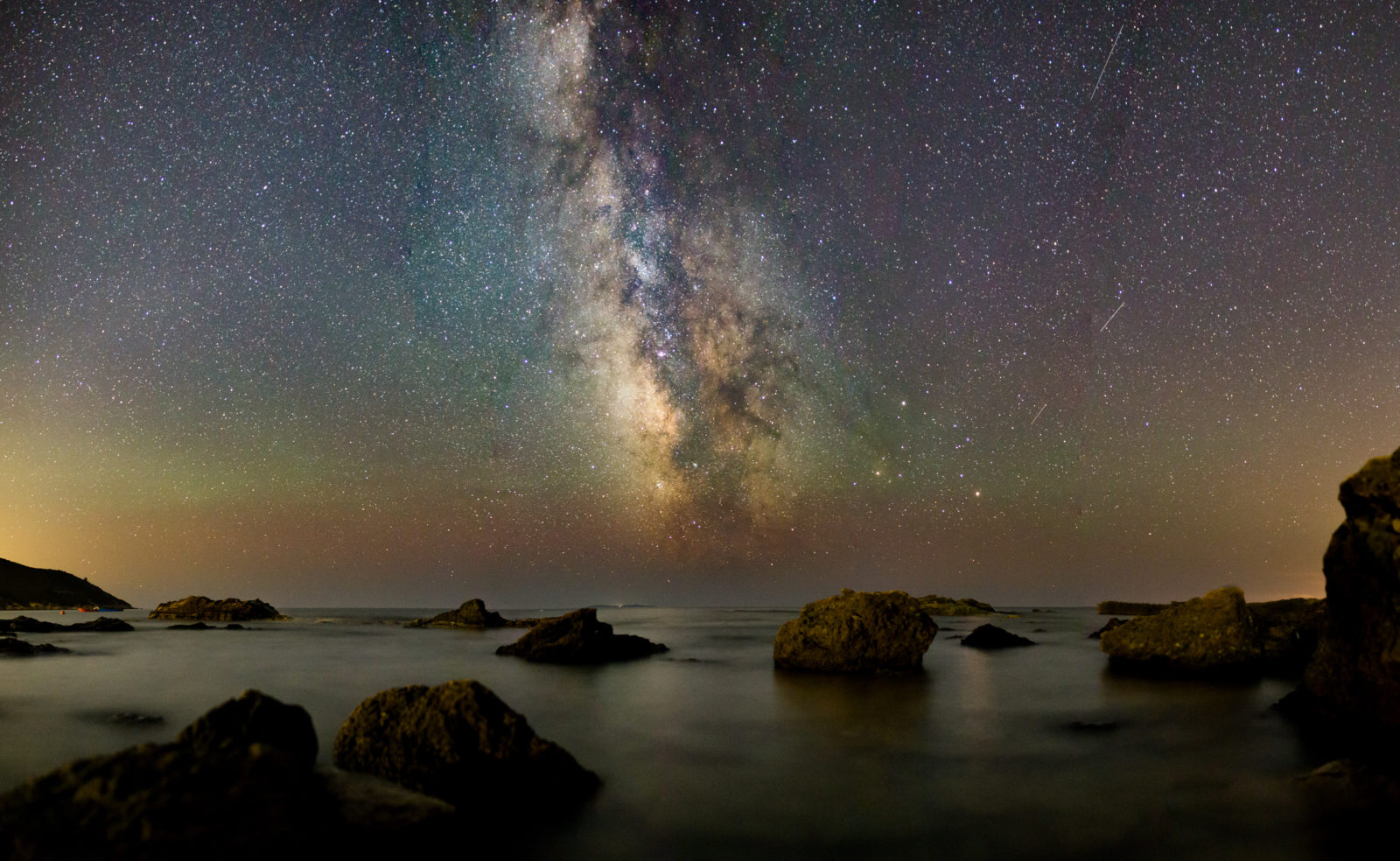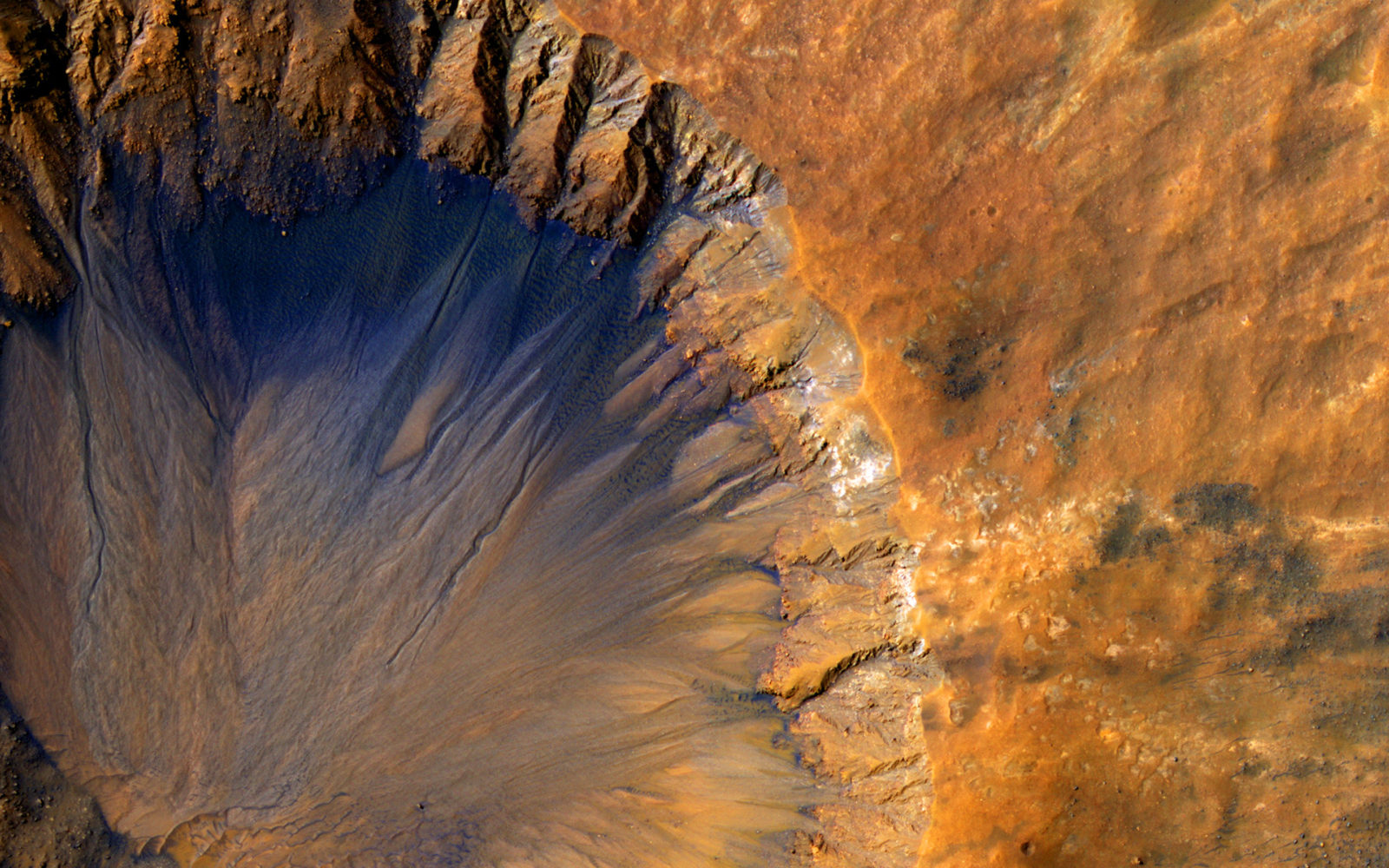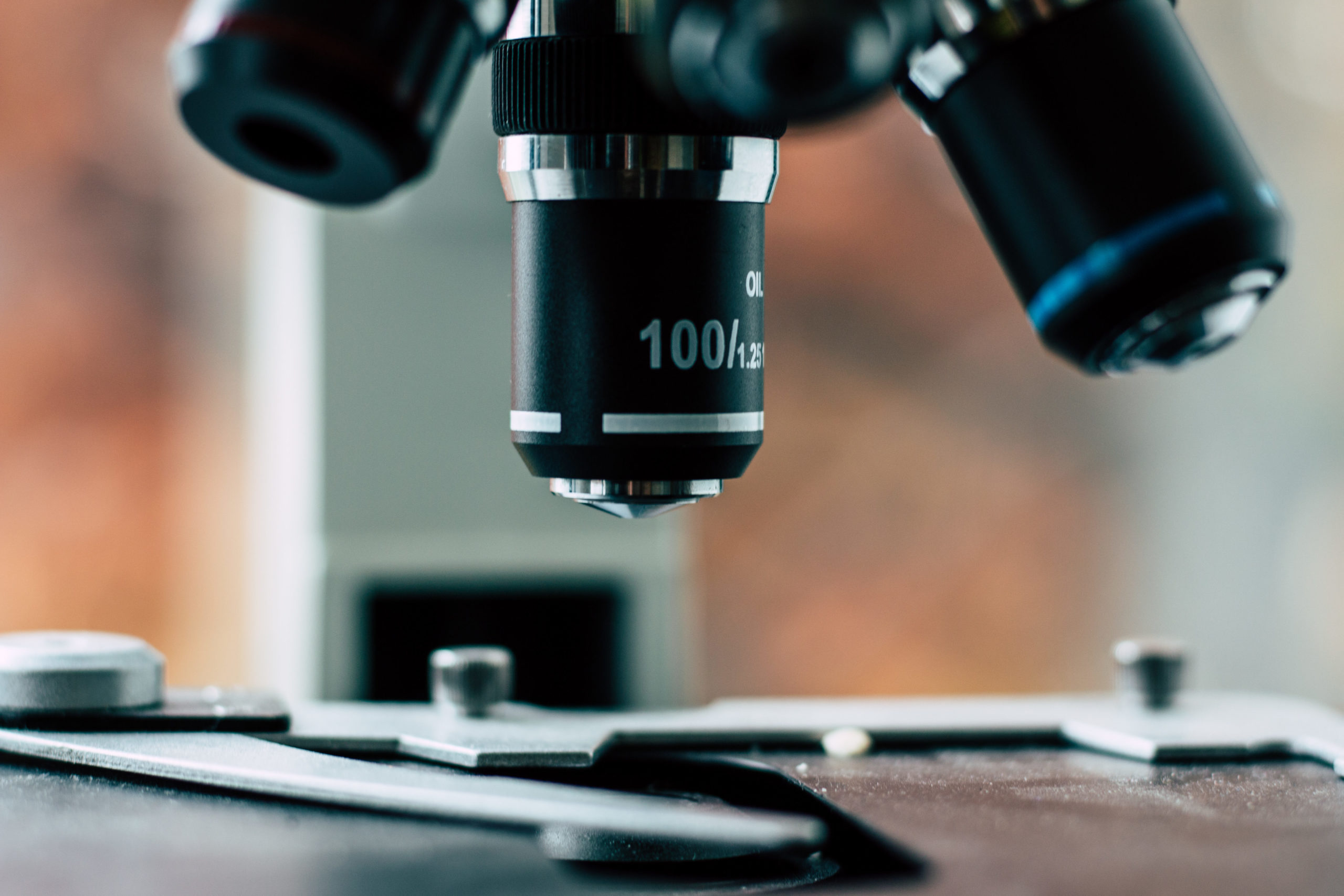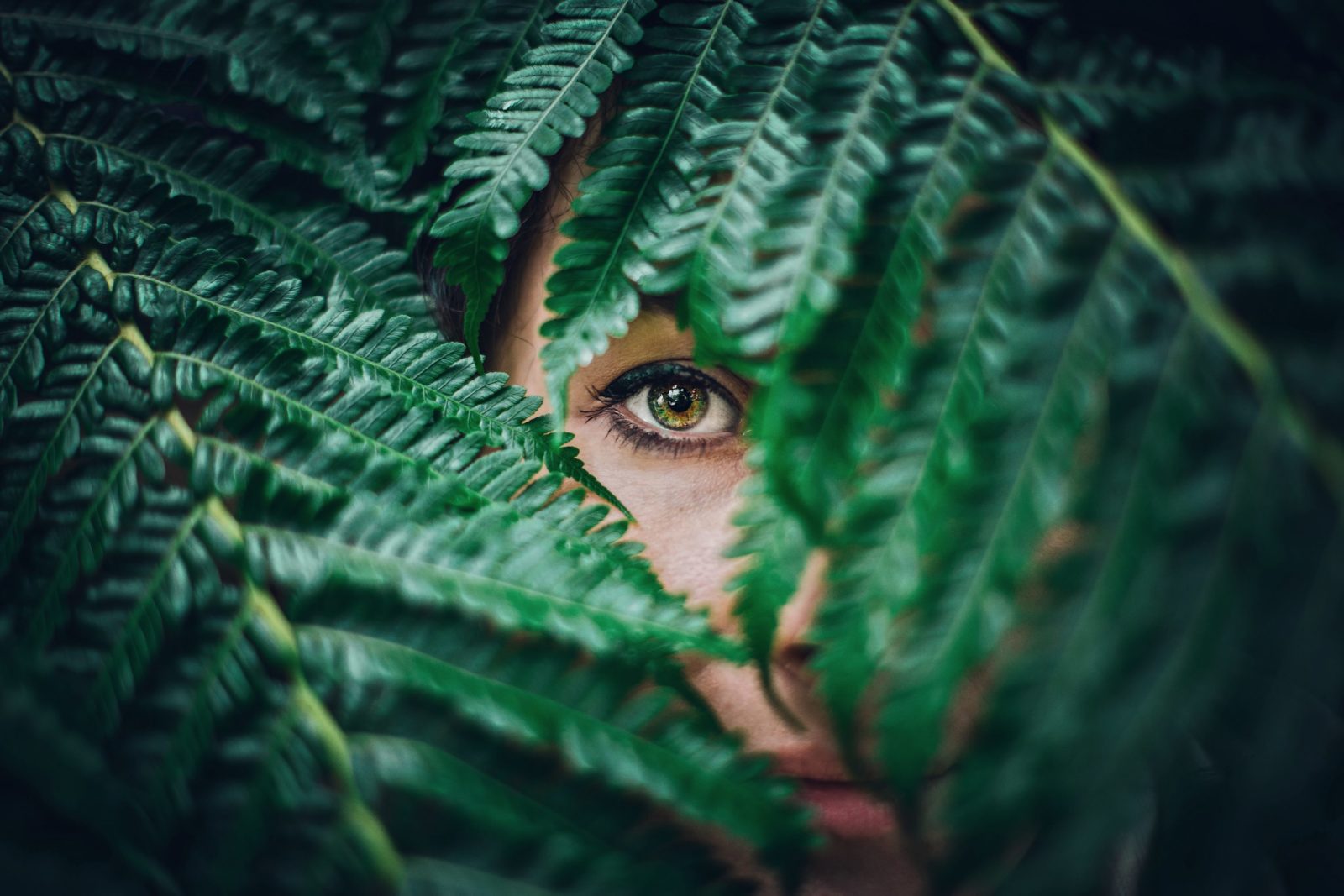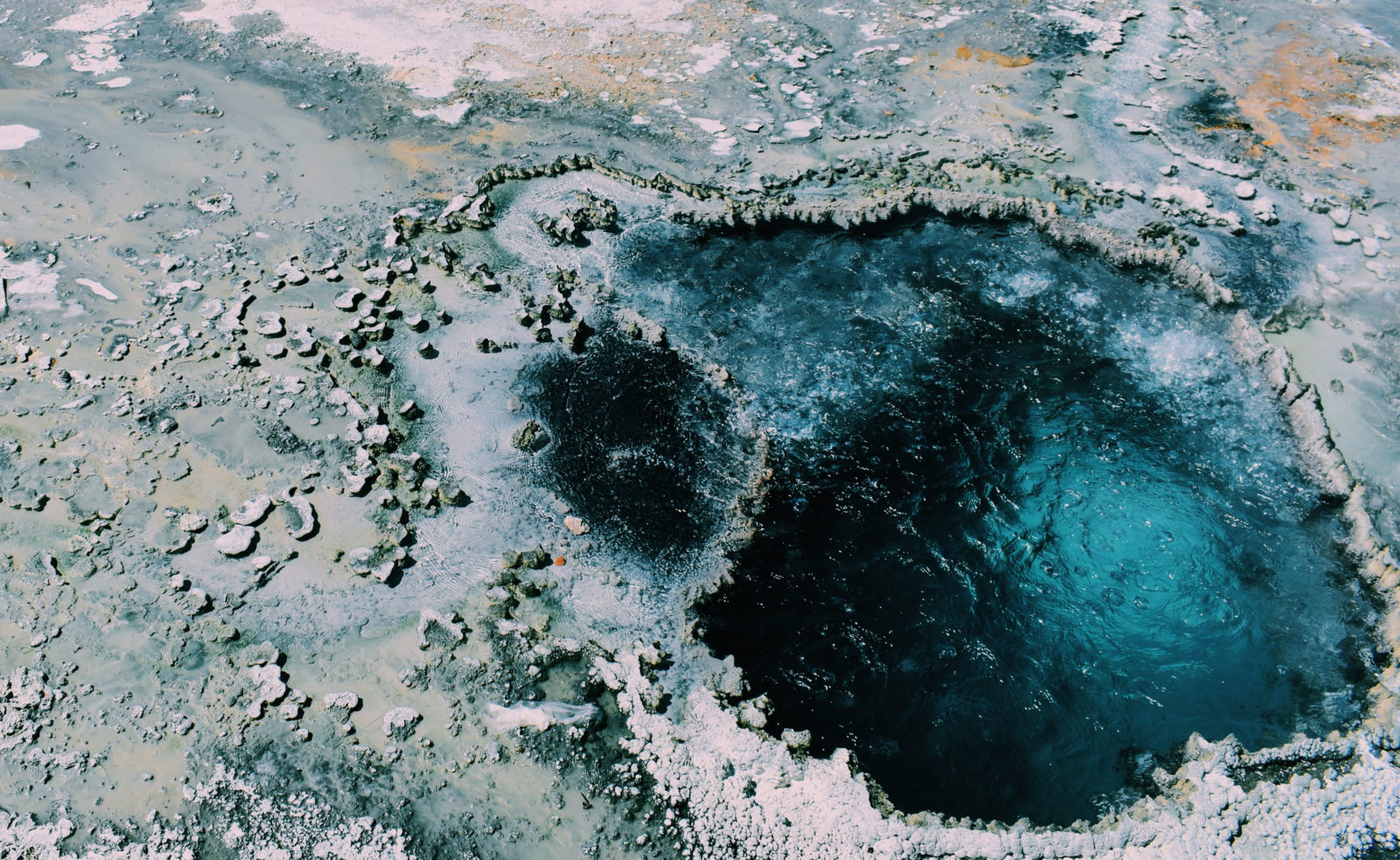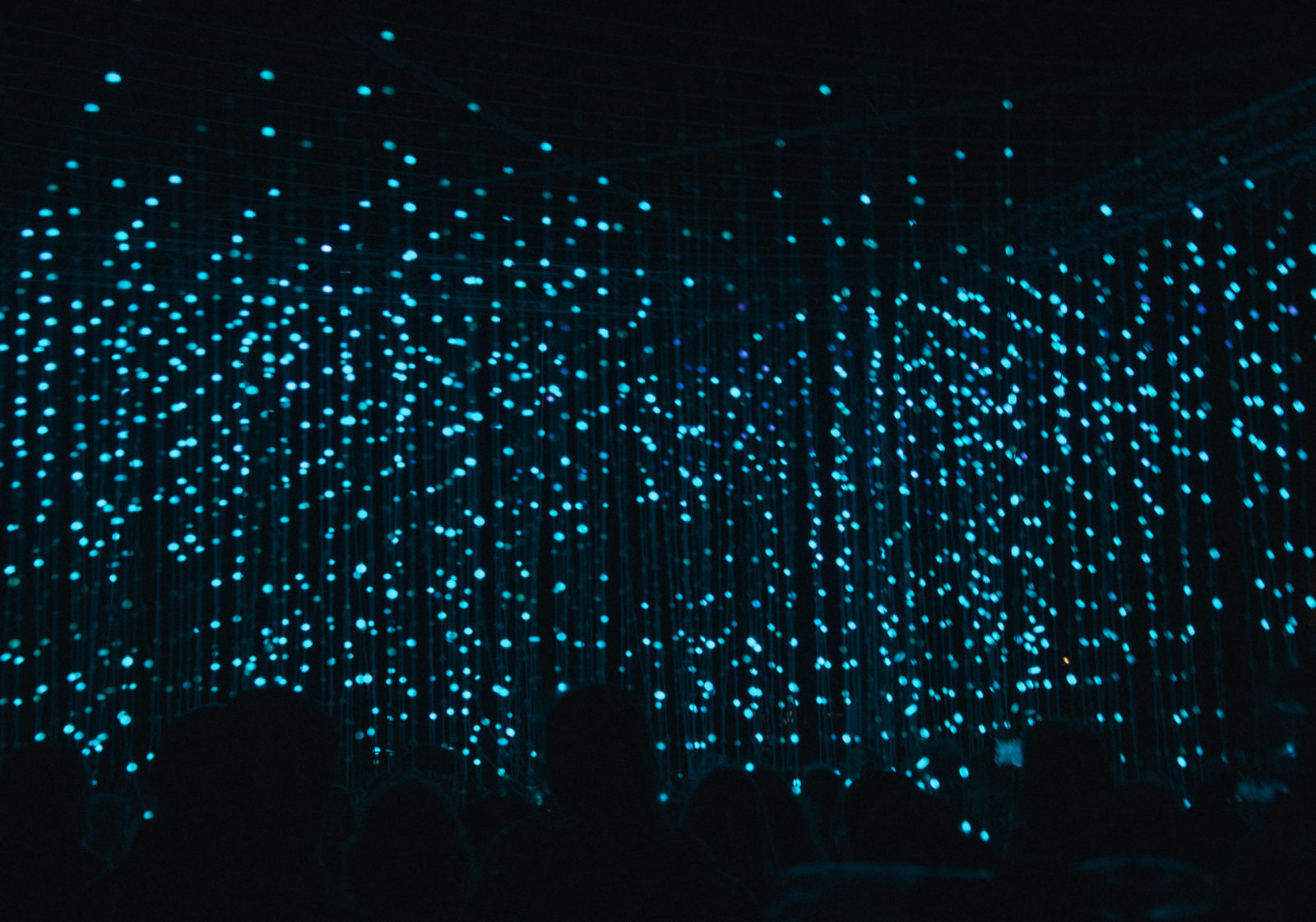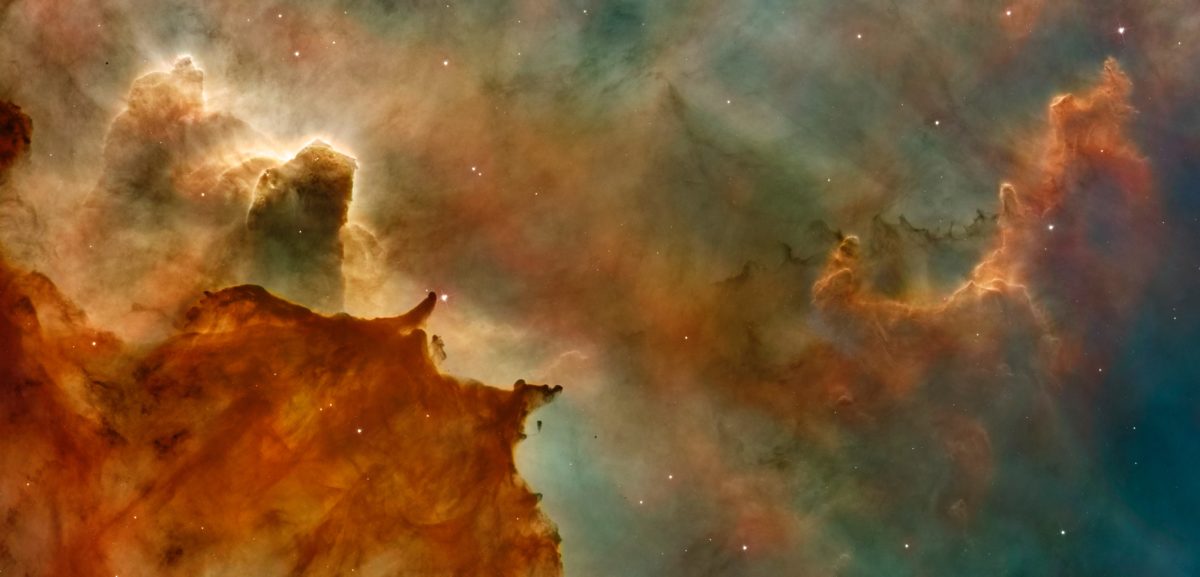
The Fine-Tuning Design Argument
I. Introduction The Evidence of Fine-tuning1 Suppose we went on a mission to Mars, and found a domed structure in which everything was set up just right for life to exist. The temperature, for example, was set around 70o F and the humidity was at 50%; moreover, there was an oxygen recycling system, an energy gathering system, and a whole Read More ›
